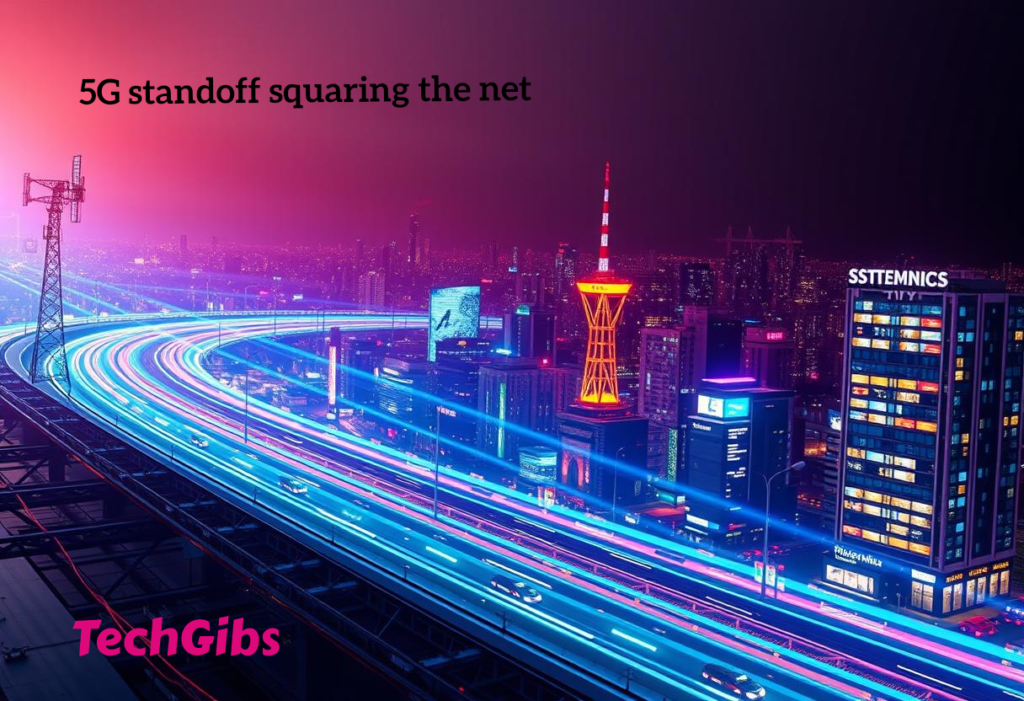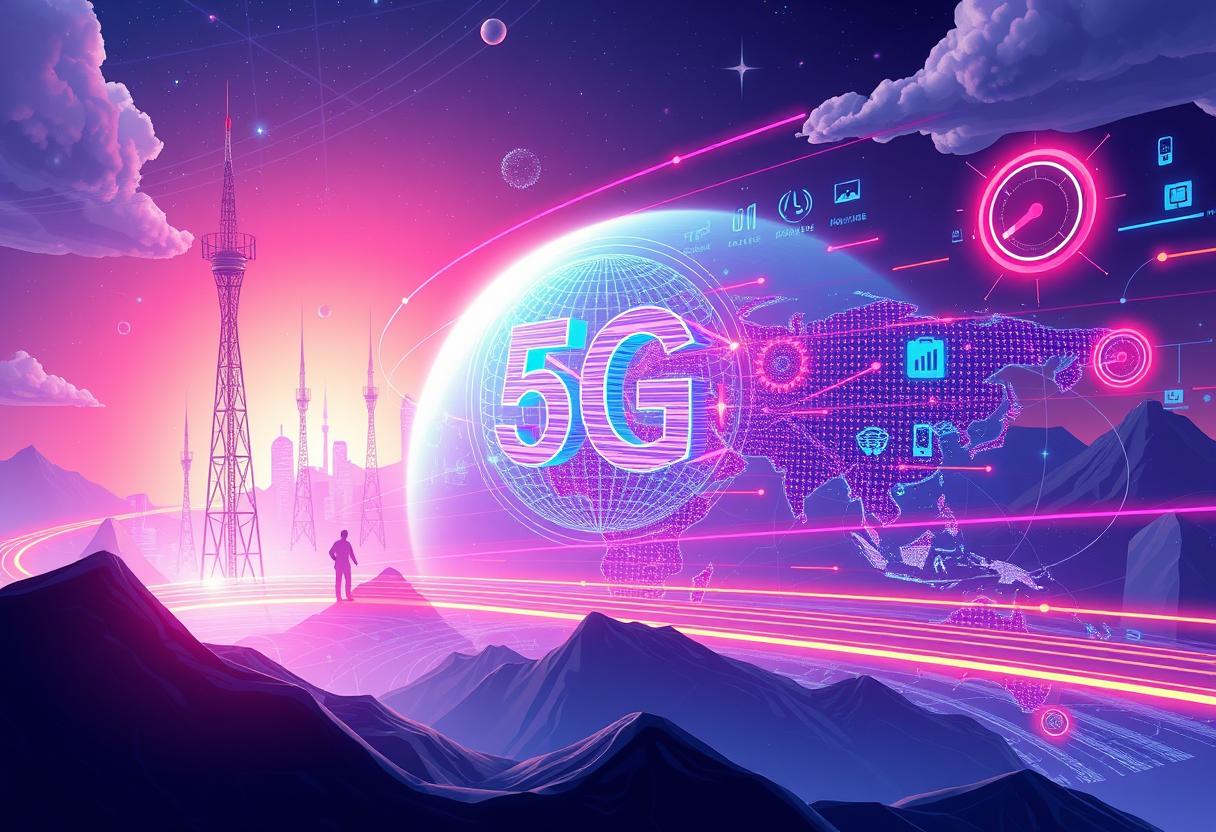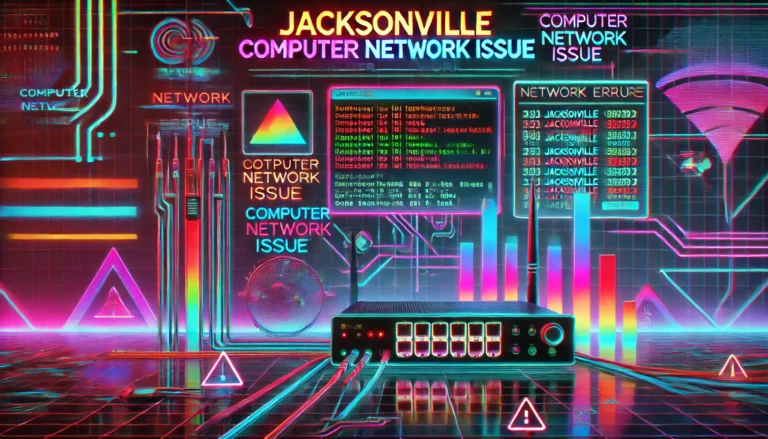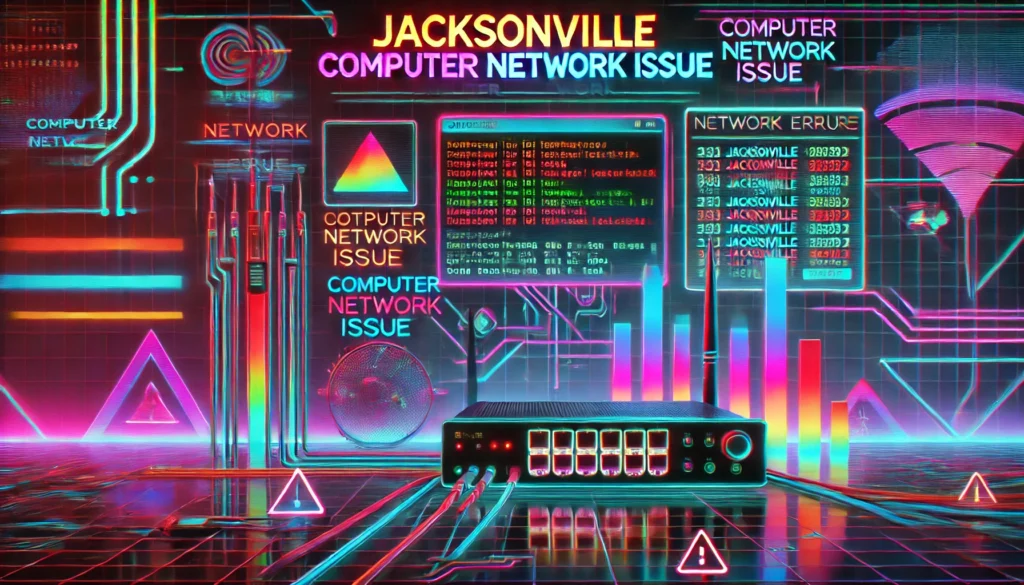The advent of 5G technology has ignited a fierce competition among global technology leaders, governments, and telecom firms. This high-stakes contest, known as “the 5G standoff squaring the net,” is not solely about achieving faster internet speeds but about setting the stage for the future of connectivity. This information explores the major players, technological advancements, and geopolitical consequences of the 5G standoff squaringthenet, offering insights into what it means for the digital landscape.
Unpacking the 5G Standoff Squaring the net
The term “the 5G squaring the net” describes the intense rivalry among various stakeholders striving to lead in the development and deployment of 5G technology. This new generation of wireless technology promises to deliver unmatched speeds, lower latency, and enhanced connectivity, which are pivotal for advancing future technological innovations.
Core Elements of the 5G Standoff Squaringthenet:
- Speed and Performance: 5G networks are anticipated to offer speeds up to 100 times faster than 4G, with latency potentially as low as 1 millisecond.
- Capacity and Connectivity: 5G will accommodate a vast number of devices per square kilometer, facilitating the growth of the Internet of Things (IoT).
- Technological Advancement: The introduction of 5G is expected to drive progress in fields such as autonomous vehicles, smart cities, and augmented reality.
Squaringthenet: Key Dynamics
“Squaringthenet” refers to the strategic and competitive efforts of various stakeholders aiming to dominate the 5G arena. This concept captures the competitive environment in which entities are vying to capture market share, secure technological dominance, and influence global standards for 5G.
Elements of Squaringthenet:
- Global Rivalry: Nations and corporations are competing to take the lead in 5G technology. This competition encompasses not only technological advancements but also patent acquisitions and the shaping of global standards.
- Regulatory Obstacles: Different countries have diverse regulations and standards for 5G, creating a complex global deployment landscape.
- Infrastructure Investment: Significant financial resources are needed to establish the infrastructure necessary for 5G networks, including new cell towers, fiber optics, and advanced equipment.
Major Players in the 5G Standoff
Several key players are leading the 5G race, each with distinct strengths and strategies.
1. Huawei
- Strengths: Huawei is a prominent global provider of 5G technology, recognized for its advanced infrastructure and competitive pricing.
- Challenges: The company faces scrutiny and restrictions from various countries due to security and geopolitical concerns.
2. Qualcomm
- Strengths: Qualcomm plays a crucial role in developing 5G chipsets and technology, providing essential components for 5G devices.
- Challenges: The company contends with competition from other semiconductor firms and regulatory challenges in various regions.
3. Ericsson
- Strengths: Ericsson has a solid reputation for supplying telecommunications equipment and services with a focus on network infrastructure.
- Challenges: The company must navigate competitive pressures and shifting market demands.
4. Nokia
- Strengths: Nokia provides a broad array of 5G solutions, including network infrastructure and software.
- Challenges: Nokia is working to increase its market share and innovate amidst a highly competitive environment.
Technological Innovations Fueling the 5G Standoff
The competition known as “the 5G standoff squaring the net” is driven by significant technological advancements that promise to transform digital connectivity.
1. Enhanced Speed and Efficiency
- Millimeter Waves: 5G utilizes higher frequency bands, known as millimeter waves, to achieve significantly faster speeds and increased bandwidth.
- Advanced Antennas: Technologies such as Massive MIMO (Multiple Input Multiple Output) enhance network efficiency and capacity.
2. Ultra-Low Latency
- Edge Computing: To reduce latency, data processing occurs closer to the source through edge computing, which minimizes delays and improves real-time applications.
- Network Slicing: This technology allows the creation of virtual networks customized for specific needs, enhancing performance and responsiveness.
3. Increased Device Connectivity
- IoT Expansion: 5G will support a vast number of connected devices, from smart home gadgets to industrial sensors, driving the growth of the Internet of Things.
- Smart Cities: Enhanced connectivity will support the development of smart city infrastructure, including intelligent transportation systems and energy management solutions.

Geopolitical Dimensions of the 5G Standoff
The 5G net has significant geopolitical ramifications, impacting international relations and global technology policies.
1. Security Concerns
- Data Privacy: Countries are increasingly concerned about data security and privacy, particularly with the involvement of foreign technology providers.
- Infrastructure Risks: The deployment of 5G networks raises concerns about potential vulnerabilities and risks of espionage.
2. Trade and Diplomatic Relations
- Trade Barriers: The race for 5G leadership has led to trade restrictions and sanctions, affecting global supply chains and diplomatic relations.
- Strategic Alliances: Nations are forming alliances to strengthen their positions in the 5G race and ensure secure and reliable technology.
3. Influence on Global Standards
- Standardization Efforts: The competition to define global 5G standards impacts how the technology will be implemented worldwide.
- Regional Variability: Different regions may adopt varying standards and regulations, influencing the overall trajectory of 5G deployment.
The Future of the 5G net
As the 5G standoff squaring the net evolves, several trends and developments are likely to shape the future of this technology.
1. The Rise of 6G
- Preliminary Research: While 5G is still being rolled out, research into 6G technology is already underway, with potential advancements in speed, connectivity, and applications.
- Future Innovations: 6G may introduce even greater enhancements, such as holographic communication and more immersive virtual experiences.
2. Expansion of 5G Networks
- Global Reach: The rollout of 5G networks is expected to expand globally, reaching both urban and rural areas and addressing the digital divide.
- Integration with Emerging Technologies: 5G will increasingly integrate with technologies like artificial intelligence and blockchain, creating new opportunities.
3. Ongoing Innovation
- New Use Cases: As 5G technology matures, new applications and use cases will emerge, driving further innovation across various industries.
- Collaborative Efforts: The 5G net will likely involve greater collaboration among industry players, governments, and research institutions to address challenges and maximize the potential of the technology.
Conclusion
In conclusion, “the 5G standoff squaring the net” represents a pivotal moment in the evolution of digital connectivity. As global stakeholders compete for leadership in this high-speed race, the outcomes will influence not only the future of technology but also international relations, economic development, and societal progress. Understanding the dynamics of the 5G standoff squaring the net provides valuable insights into the transformative potential of 5G and helps prepare for the opportunities and challenges that lie ahead.
















